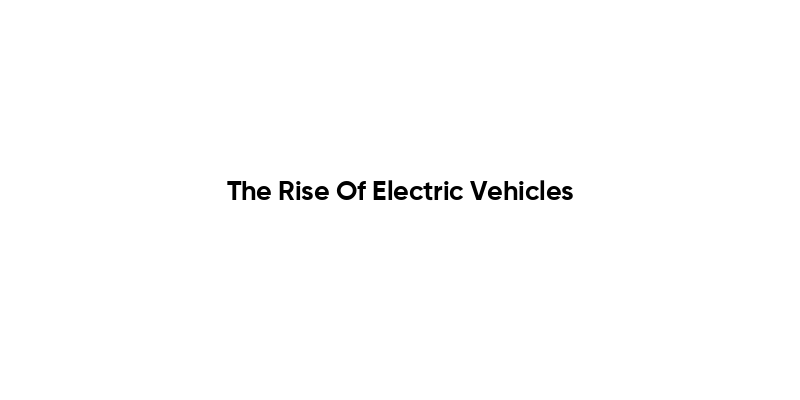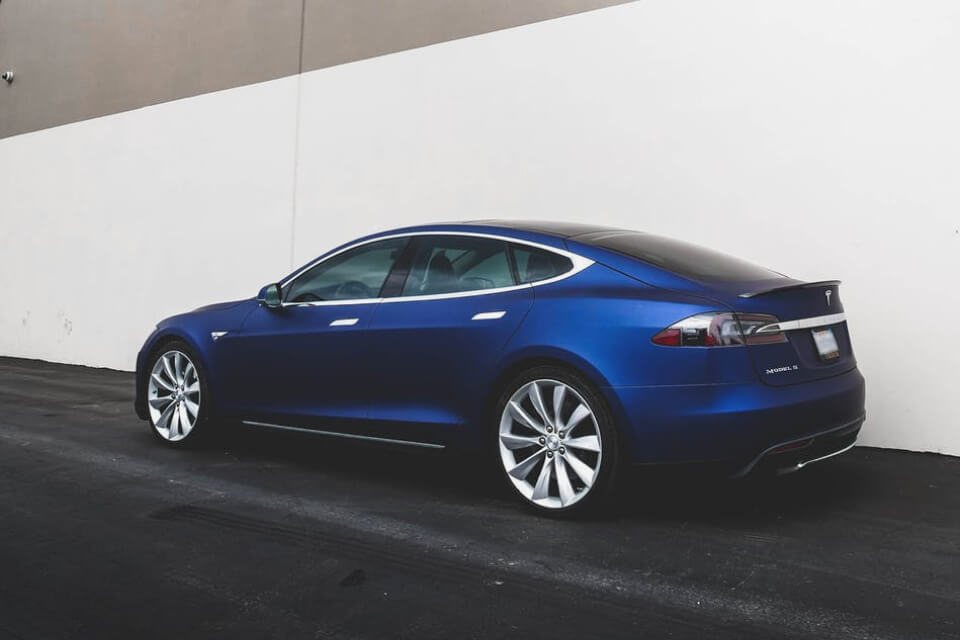Environmental Impact of Electric Vehicles
The transition to electric vehicles (EVs) is primarily driven by the need to reduce greenhouse gas emissions and combat climate change. Traditional internal combustion engine vehicles contribute significantly to air pollution and carbon emissions. In contrast, EVs produce zero tailpipe emissions, making them a cleaner alternative. The shift towards electric mobility is crucial for achieving global climate goals and improving urban air quality.
Moreover, the lifecycle emissions of electric vehicles, including manufacturing and battery production, are increasingly being addressed through advancements in technology and sustainable practices. As renewable energy sources become more prevalent, the overall carbon footprint of EVs continues to decrease, further enhancing their environmental benefits.
Technological Advancements in Battery Technology
Battery technology is at the heart of the electric vehicle revolution. Innovations in lithium-ion batteries have significantly improved energy density, charging speed, and overall efficiency. These advancements have led to longer driving ranges and reduced charging times, addressing two of the most significant barriers to EV adoption.
Furthermore, research into solid-state batteries and alternative chemistries promises to enhance safety and performance while reducing reliance on scarce materials. As battery technology continues to evolve, it is expected to play a pivotal role in making electric vehicles more accessible and appealing to consumers.
Government Policies and Incentives
Government policies and incentives are crucial in accelerating the adoption of electric vehicles. Many countries have implemented tax credits, rebates, and grants to encourage consumers to purchase EVs. Additionally, investments in charging infrastructure are essential to support the growing number of electric vehicles on the road.
Regulatory measures, such as emissions standards and fuel economy regulations, also push automakers to invest in electric vehicle technology. As governments worldwide commit to reducing carbon emissions, the support for electric vehicles is likely to increase, further driving their market growth.
The Future of Charging Infrastructure
The expansion of charging infrastructure is vital for the widespread adoption of electric vehicles. As more consumers consider switching to EVs, the availability of convenient and fast charging options becomes a significant factor in their decision-making process. Public charging stations, home charging solutions, and workplace charging facilities are all essential components of a robust charging network.
Innovations such as ultra-fast charging and wireless charging technology are also emerging, promising to make charging more efficient and user-friendly. As the charging infrastructure continues to develop, it will play a critical role in alleviating range anxiety and promoting electric vehicle adoption.
The Role of Electric Vehicles in the Future of Transportation
Electric vehicles are not just a trend; they represent a fundamental shift in the future of transportation. As cities become more congested and the demand for sustainable mobility solutions increases, EVs offer a viable alternative to traditional vehicles. The integration of electric vehicles with public transportation systems and shared mobility services can lead to more efficient and environmentally friendly urban transport.
Additionally, the rise of autonomous electric vehicles holds the potential to revolutionize how we think about personal and public transportation. As technology advances, the combination of electric and autonomous vehicles could lead to safer, more efficient, and more sustainable transportation systems.
Electric vehicles (EVs) have gained significant traction in recent years, driven by advancements in technology, environmental concerns, and changing consumer preferences. This table summarizes key aspects of the rise of electric vehicles.
| Aspect | Description |
|---|---|
| Technological Advancements | Improvements in battery technology, such as lithium-ion batteries, have increased the range and efficiency of EVs, making them more appealing to consumers. |
| Environmental Impact | EVs produce zero tailpipe emissions, contributing to reduced air pollution and lower greenhouse gas emissions compared to traditional gasoline vehicles. |
| Government Incentives | Many governments offer tax credits, rebates, and other incentives to encourage the adoption of electric vehicles, making them more affordable for consumers. |
| Charging Infrastructure | The expansion of charging stations and fast-charging networks has alleviated range anxiety, making it easier for consumers to own and operate EVs. |
| Market Growth | The global electric vehicle market is projected to grow significantly, with major automakers investing heavily in EV technology and production. |
| Consumer Awareness | Increased awareness of climate change and sustainability has led consumers to consider electric vehicles as a viable alternative to traditional cars. |
| Future Trends | Emerging trends include the development of autonomous electric vehicles, improvements in battery recycling, and the integration of renewable energy sources for charging. |



